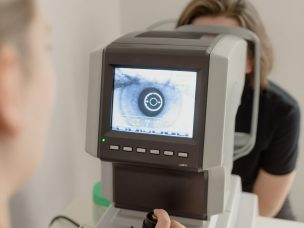Both ranibizumab and aflibercept are used as anti-VEGF agents to treat wet AMD. This cross-sectional study, published in Graefe’s Archive for Clinical and Experimental Ophthalmology, evaluated wet AMD outcomes after 12 months in patients who switched from ranibizumab to aflibercept, regardless of previous drug response.
The researchers tested visual acuity, treatment frequency, and retinal morphology after the switch. They then compared the results to those of patients with wet AMD who did not make the switch.
Data were gathered from the Swedish Macular Register and included spectral-domain optical coherence tomography images and patient charts. All of the patients included were treated at the same location. The study included 282 eyes in the non-switch cohort and 359 eyes in the switch cohort.
Ultimately, it was found that the total number of anti-VEGF treatments slowly declined, and visual acuity remained stable in both cohorts. The mean treatment intervals were 7.6 weeks for the switch cohort and 6.8 weeks for the non-switch cohort. Moreover, intraretinal and subretinal fluid and pigment epithelial detachment at 12 months were lower in eyes that underwent the switch in anti-VEGF agent from ranibizumab to aflibercept.
The researchers concluded that switching from ranibizumab to aflibercept did not affect visual acuity but did seem to improve treatment frequency and retinal morphology [1].
Source:
[1] Granstam, E., Aurell, S., Sjövall, K., & Paul, A. (2021). Switching anti-VEGF agent for wet AMD: evaluation of impact on visual acuity, treatment frequency and retinal morphology in a real-world clinical setting. Graefe’s Archive for Clinical and Experimental Ophthalmology, 259(8), 2085–2093. https://doi.org/10.1007/s00417-020-05059-y










